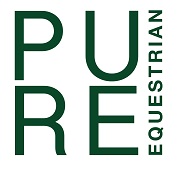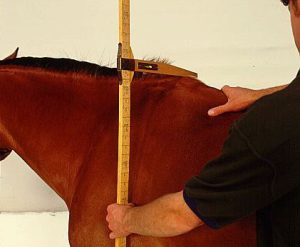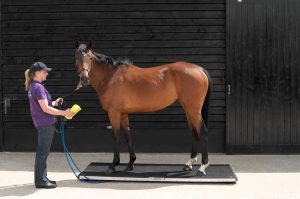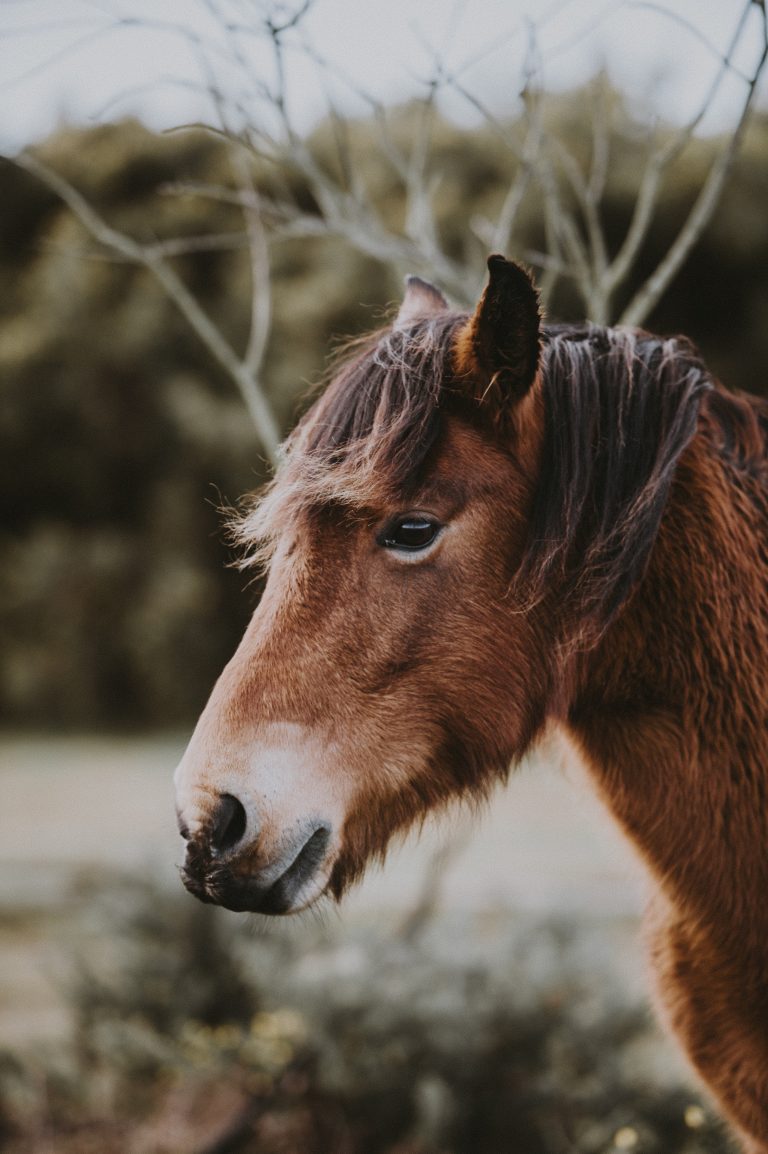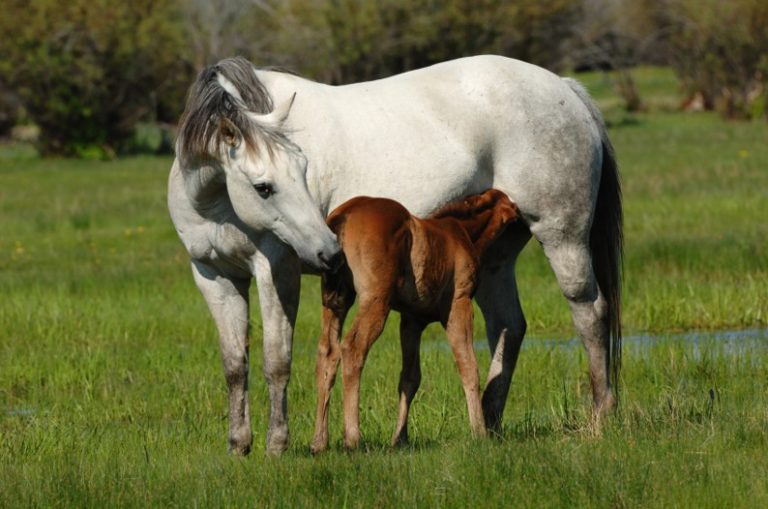Have you ever wondered how the height of a horse is determined? It may seem like a simple question, but the process behind measuring a horse’s height is actually quite intriguing. From withers to hooves, there are specific techniques and tools used to accurately capture the height of these majestic creatures. So, whether you’re a lifelong equestrian enthusiast or simply curious about the world of horses, let’s explore the fascinating world of measuring a horse’s height.
Table of Contents
ToggleOverview
In the world of equestrianism, accurate measurements are essential for a variety of reasons. From breed standards and classification to racing performance evaluation, knowing a horse’s height is of utmost importance. But how does one measure the height of a horse, and what factors can affect this measurement? In this comprehensive article, we will explore the various methods of horse height measurement, the tools used, and the factors that can impact accuracy. So saddle up, because we’re about to embark on a journey into the world of horse measurement.
Standard Unit of Measurement
Before diving into the different methods of measuring a horse’s height, it is essential to establish a standard unit of measurement. In the equestrian world, the standard unit for measuring a horse’s height is hands. This unit, commonly abbreviated as “hh,” represents four inches. For example, a horse that stands 15.2hh is 15 hands and 2 inches tall.
Accuracy of Measurement
Accurate height measurement is crucial not only for record purposes but also for various equestrian activities. An inaccurate measurement can have significant consequences, such as a horse competing in the wrong height division or being subjected to ill-fitting tack. Therefore, it is essential to adopt precise and standardised measurement techniques to ensure accuracy and fairness in the equestrian world.
Methods of Measurement
There are several methods available for measuring a horse’s height, each with its own advantages and considerations. The most common methods include withers height measurement, stick measurement, and weight measurement. Let’s explore each of these methods in more detail.
Withers Height
Definition
Withers height refers to the measurement taken from the highest point of the horse’s withers, which is the bony ridge between the horse’s shoulder blades. This method provides a reliable and consistent measurement, making it widely used among equestrians.
Measuring Process
To measure a horse’s withers height accurately, you will need a measuring stick or a measuring tape. Position yourself at the horse’s side and gently guide them into a square stance, where all four hooves are evenly placed. Use the measuring stick or tape to determine the distance from the ground to the highest point of the withers.
Tools Used
For withers height measurement, a measuring stick or a measuring tape can be utilised. Measuring sticks are long poles with marked increments, while measuring tapes are flexible and can be wrapped around the horse’s withers for an accurate measurement.
Stick Measurement
Definition
Stick measurement is another common method used to measure a horse’s height. This method involves using a vertical stick or pole placed next to the horse to determine its height.
Measuring Process
To measure a horse’s height using a stick, position yourself next to the horse’s shoulder and hold the stick vertically against its side. Ensure the bottom of the stick is resting on level ground. Align the top of the stick with the highest point of the withers and record the measurement where it intersects with the stick.
Tools Used
For stick measurement, a vertical stick or pole is used. This stick should be long enough to reach the horse’s withers comfortably while providing accurate measurements.
Weight Measurement
Definition
Although weight measurement does not directly determine a horse’s height, it is worth mentioning as an additional method of measuring a horse. Weight measurement can provide valuable information for nutrition, exercise, and overall health management.
Measuring Process
To measure a horse’s weight accurately, specialised equine scales or weighbridges can be used. These tools allow the horse to stand on a platform, which measures the downward force exerted by its weight. The weight is then displayed on the scale or weighbridge.
Tools Used
For weight measurement, specialised equine scales or weighbridges are necessary. These tools are designed specifically for horses and provide accurate weight measurements.
Factors Affecting Measurement
While the aforementioned measurement methods provide reliable results, several factors can influence the accuracy of the measurement. It is crucial to consider these factors to ensure the most precise measurement possible.
Age
The age of a horse can impact its height measurement. Younger horses, particularly those still growing, may experience height variations during their development. It is recommended to measure horses at a consistent age to maintain accuracy.
Breed
Different horse breeds have various characteristics, including average height ranges. It is essential to consider breed-specific standards when measuring a horse’s height, as some breeds may have specific requirements or expectations for classification.
Terrain
Non-level ground can affect the accuracy of height measurements. When measuring a horse, it is essential to ensure the ground is level to obtain consistent and precise results. Measuring on uneven surfaces can lead to inaccurate readings, potentially impacting competitive classifications and horse sizing.
Posture
The posture of a horse during measurement can also impact accuracy. It is crucial to encourage the horse to adopt a square stance, where all four hooves are evenly placed on the ground. Any imbalances or uneven weight distribution may lead to discrepancies in the measurement.
Uncooperative Horse
Measuring a horse’s height requires their cooperation. If a horse is uncooperative or uneasy during the measuring process, it can be challenging to obtain an accurate measurement. Patience and gentle handling techniques can help alleviate any stress or resistance, ensuring a more accurate height measurement.
Common Challenges
While height measurement techniques provide consistent results when executed correctly, several challenges may arise during the process. Being aware of these challenges can help overcome any potential obstacles.
Non-Level Ground
As mentioned earlier, non-level ground can affect the accuracy of height measurements. It is essential to choose a suitable location with level ground to ensure precise and reliable measurements.
Horse Height Variability
Horses can vary in height throughout their lifetime due to factors such as age, growth, weight fluctuations, and exercise. It is crucial to understand that a horse’s height may not remain constant, and periodic measurements may be necessary to maintain accurate records.
Uses of Height Measurement
Accurate height measurement serves several practical purposes within the equestrian world. Let’s explore some common uses of height measurement.
Breed Standards and Classification
Height is often a crucial factor in breed standards and classification. Different breeds have specific requirements regarding height, and accurate measurements are necessary for breed registration and classification purposes.
Performance Evaluation
In horse racing and other competitive equestrian disciplines, height plays a significant role in determining class divisions and eligibility. Accurate height measurements allow for fair competition and ensure horses compete against others of comparable size.
Horse Sizing and Fitting
Accurate height measurements are essential for horse sizing and fitting of equipment such as saddles, bridles, and blankets. Ill-fitting tack can cause discomfort, pain, and potential injury to the horse, emphasizing the importance of precise height measurement.
Conclusion
Accurate height measurement is a fundamental aspect of the equestrian world. By employing standardised techniques such as withers height measurement or stick measurement, one can ensure reliable and consistent results. Factors such as age, breed, terrain, posture, and the cooperation of the horse must be considered to achieve accurate measurements. Height measurement serves multiple purposes, from establishing breed standards to facilitating proper horse sizing. By valuing the importance of accurate height measurement and implementing standardised techniques, equestrians can maintain fairness, accuracy, and the welfare of their horses. So, next time you measure a horse’s height, remember the significance of your role in the equestrian community’s commitment to precision and standardization.
